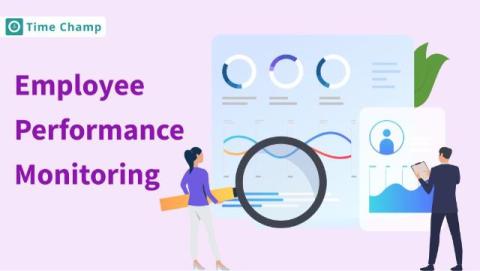Ben & Charles take you inside the Pydio acquisition
Last month, our CEOs Benjamin Schilz and Charles du Jeu, ex-CEO of Pydio and now Head of Engineering for the Wire Cells product, sat down to talk about the Pydio acquisition. Join Ben & Charles for an entertaining and informative chat. The conversation ranges from why Pydio was a perfect fit for Wire to acquire to their shared vision for the upcoming Wire Cells product.











